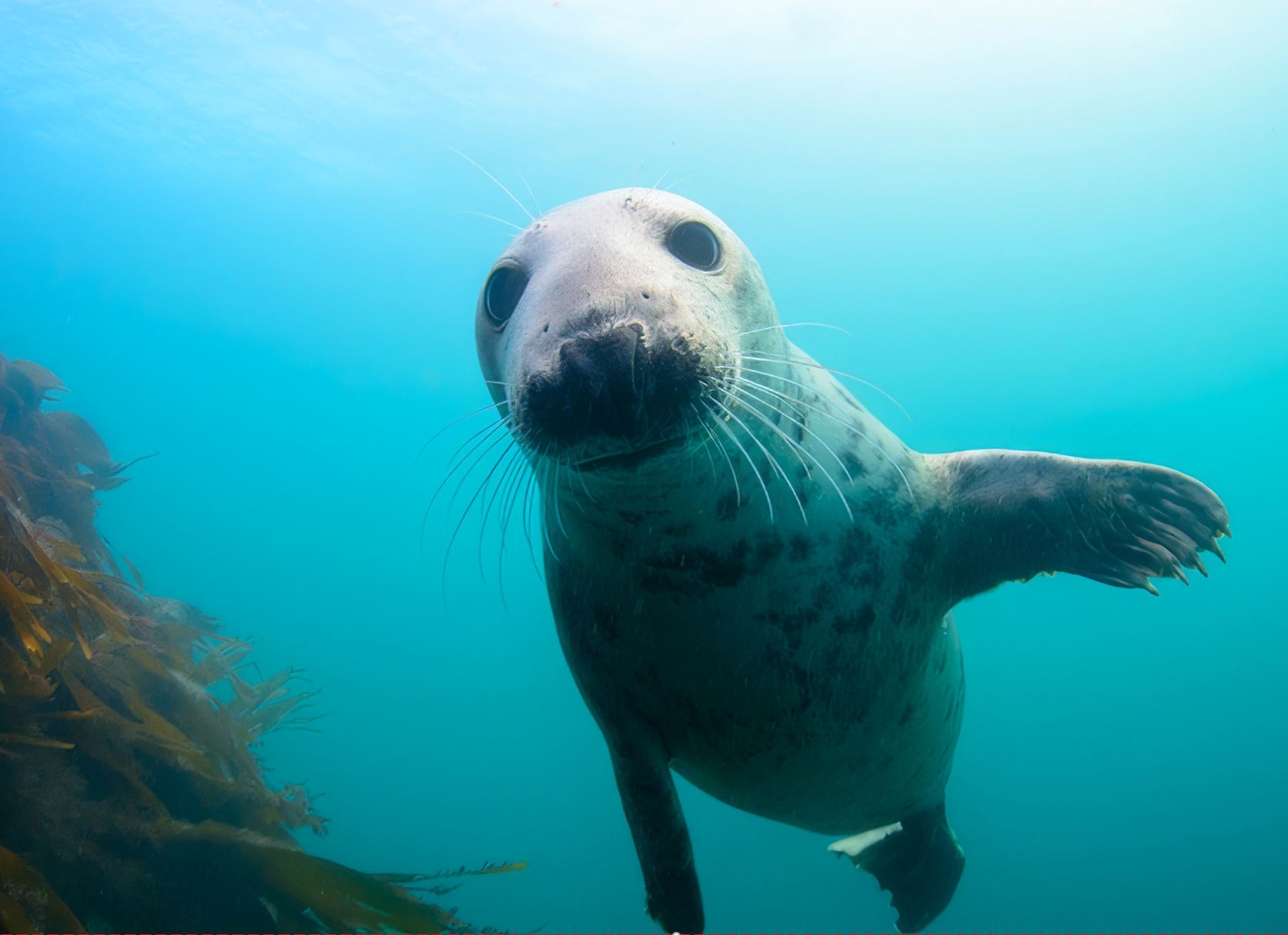
The secret to pinniped diving prowess? Discover how this adaptation of the heart influences the diving abilities of seals and sea lions and what it means for their survival in a changing ocean
The enlarged size of the aortic bulb is thought to enhance the ability of marine mammals to remain underwater for extended periods. However, a convincing link between aortic bulb size and diving capacity has not been established. Using new and existing data, we examined the relationships between body size, maximum and routine dive duration, and aortic bulb size of pinnipeds. Comparisons among seven species of pinnipeds showed that the diameter of the aortic bulb increases allometrically with body mass (aortic bulb diameter = 0.58 x body mass0.41). We also found a linear relationship between routine dive duration and relative aortic bulb diameter (routine dive duration = 0.20 x relative aortic bulb diameter – 3.30), but no apparent relationship with maximum dive duration. Our results indicate that relative aortic bulb diameter influences diving capacity, providing further evidence that the aortic bulb is an adaptation to diving. Specifically, the relative diameter of the aortic bulb partially determines how long pinnipeds can routinely remain underwater. This has implications for the ability of different species of marine mammals to adapt to projected environmental changes and effectively forage or evade threats in altered habitats.
 Publication
Publication
2024 | ||||||||||||||

|

|

|
||||||||||||
Rhea Storlund is a PhD candidate at the Marine Mammal Research Unit at the University of British Columbia
